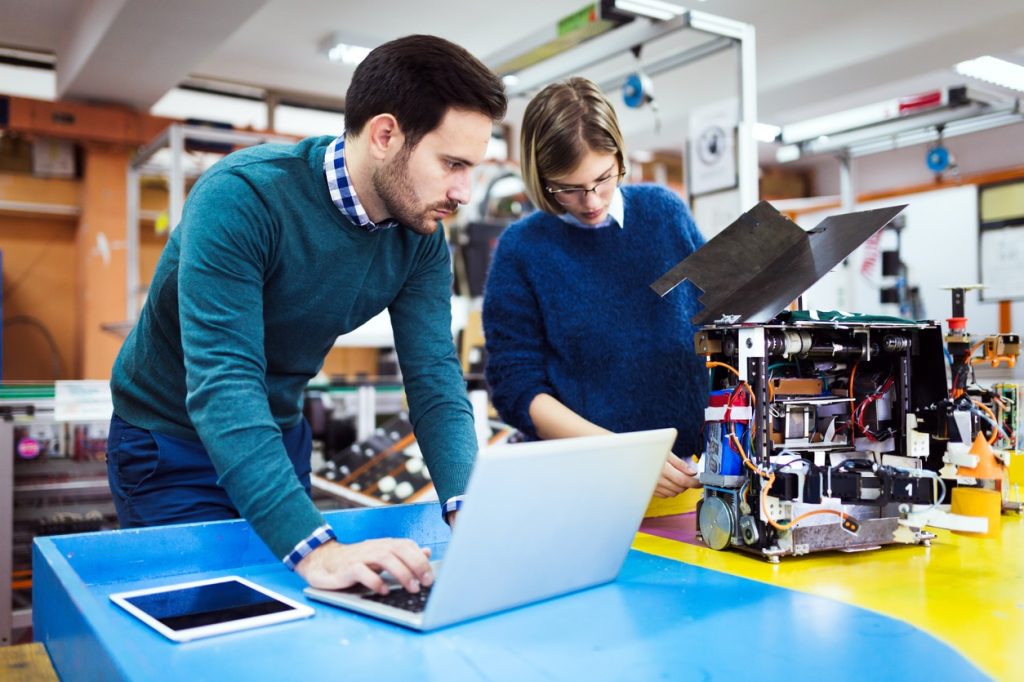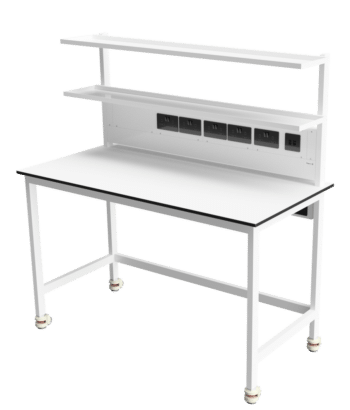Ensuring your laboratory staff, particularly those in junior
positions, know the ropes of their environment is hugely important for a number
of reasons. Touching on the need to meet business demands, addressing changing
industry trends and using new technologies, the laboratory training programme
ensures continuous improvement and is a critical part of the organisation of
any given laboratory.
If you need to get your staff up to speed, especially if
they’re new to working in laboratories, then a training programme is an
essential part of both onboarding and ensuring your laboratory functions as
smoothly as possible. Here, we’ll delve into some tried and tested methods that
you can use to create an effective laboratory training programme.
Quick Navigation
- Identify the gaps in your team’s skills
- Define the goals and objectives
- In-house or third party?
- Focus on active learning and engagement
- Transfer knowledge to day-to-day activities
- Ensure continuous learning in the workplace




